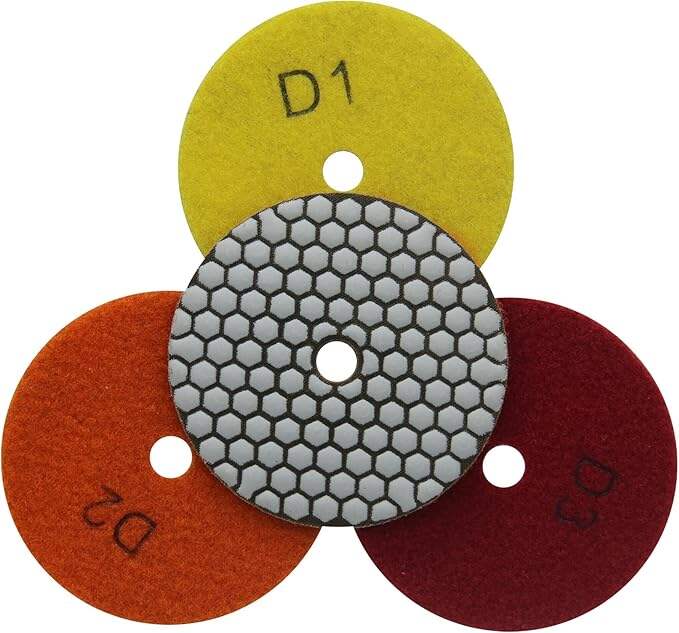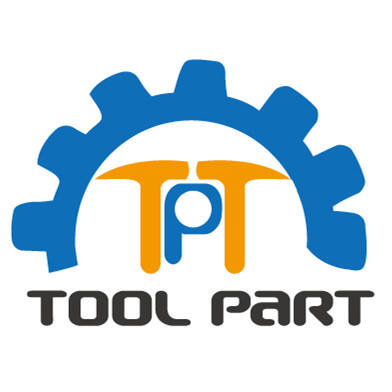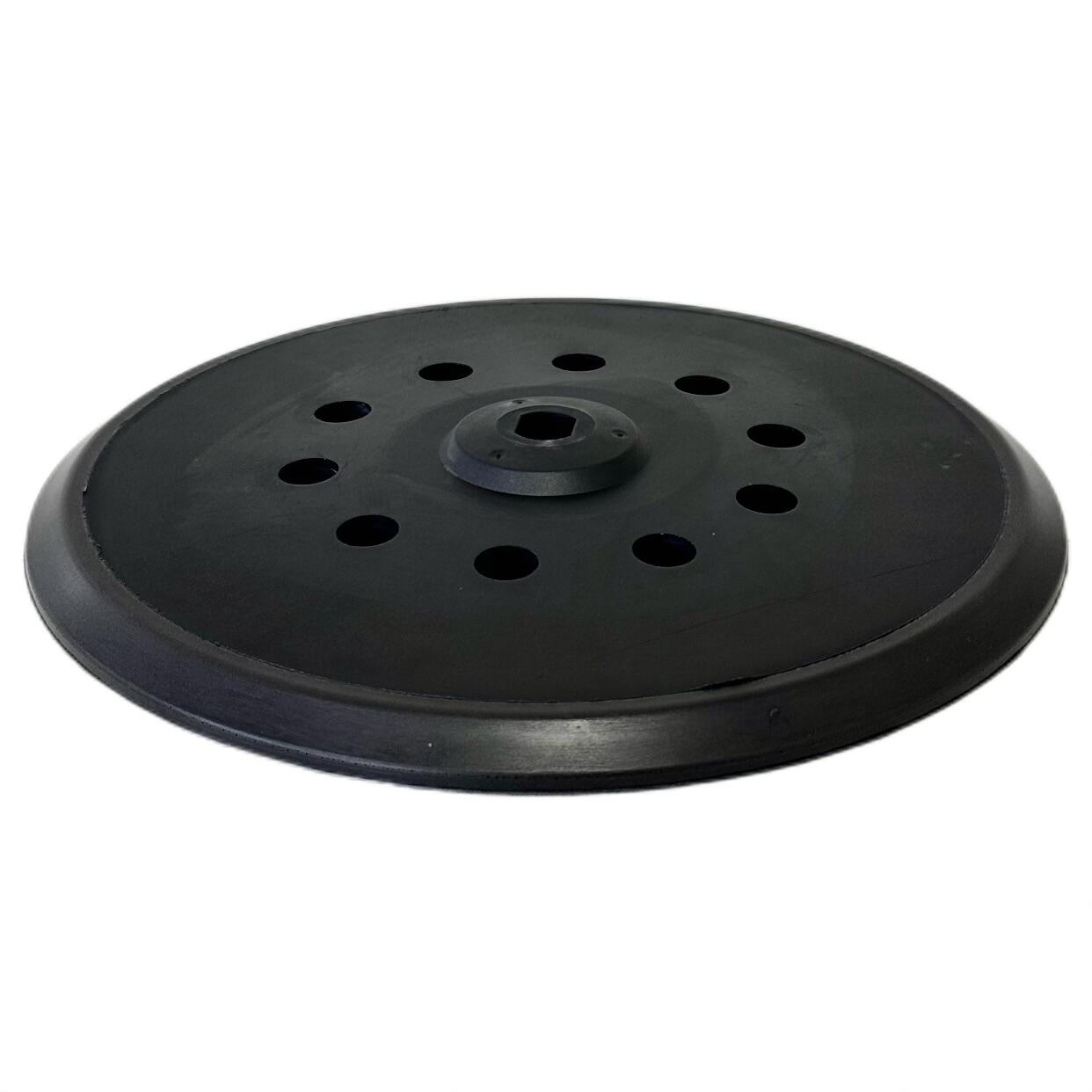현대식 표면 마감에서 백킹 패드의 핵심 역할 이해하기
표면 마감 및 연마 기술은 크게 발전했으며, 이로 인해 적절한 장비를 선택하는 것이 그 어느 때보다 중요해졌습니다. 성공적인 마감 작업의 핵심에는 백킹 패드 가 있으며, 종종 간과되지만 결과에 결정적인 영향을 미치는 기본적인 구성 요소입니다. 전문 디테일러이신지, 제조 분야 전문가이신지 또는 취미로 작업하는 사람인지에 관계없이 올바른 백킹 패드를 선택하는 것은 최적의 성능을 달성하고 도구의 수명을 보장하기 위해 필수적입니다.
오늘날 고도화된 마감 기술 환경에서 백킹 패드는 전동 공구와 연마재 사이의 핵심 인터페이스 역할을 합니다. 이들은 작업 표면 전체에 걸쳐 압력을 균일하게 분산시키면서 필요한 지지력과 유연성을 제공합니다. 산업 내 기술 발전과 새로운 소재의 등장으로 적절한 백킹 패드를 선택하는 방법을 이해하는 것이 그 어느 때보다 중요해졌습니다.
현대 백킹 패드의 핵심 구성 요소 및 소재
첨단 소재 기술
최신 백킹 패드는 성능과 내구성을 향상시키기 위해 설계된 첨단 소재를 채택하고 있습니다. 기초 구조는 일반적으로 특수 섬유로 보강된 고품질 폴리머로 구성되어 있습니다. 이러한 소재는 장기간 사용 중에도 열 발생에 뛰어난 저항성을 제공하면서 구조적 완전성을 유지합니다. 최신 백킹 패드 설계는 진동을 줄이고 작동 중 더 나은 제어력을 제공하는 고성능 복합소재를 특징으로 합니다.
제조업체들은 이제 극한의 작업 조건에서도 변형이나 열화가 발생하지 않도록 하는 내열성 화합물을 사용하고 있습니다. 이러한 발전은 백킹 패드 자체와 지지하는 연마재 모두의 수명을 연장시키면서 일관된 성능을 보장합니다.
인터페이스 레이어 혁신
백킹 패드의 인터페이스 층은 전체 성능에서 중요한 역할을 한다. 최근 개발된 마이크로 후크 시스템은 우수한 그립력을 제공하면서도 연마재를 빠르고 쉽게 교체할 수 있게 해준다. 이러한 혁신적인 부착 시스템은 작동 중에 원치 않는 움직임을 방지하면서도 안정적인 고정을 보장한다.
최신 폼 인터페이스는 다양한 밀도 수준을 통합하여 최적의 압력 분포와 다양한 표면 윤곽에의 적응성을 제공한다. 이 기술은 모서리 절단과 같은 일반적인 문제를 예방하고 작업 영역 전체에 걸쳐 더욱 균일한 결과를 얻도록 도와준다.

적절한 크기 및 구성 선택
지름 고려사항
올바른 백업 패드 지름을 선택하는 것은 최적의 결과를 얻기 위해 매우 중요합니다. 크기 선택은 특정 용도 요구사항과 전동공구의 사양에 맞아야 합니다. 더 큰 지름의 백업 패드는 더 넓은 표면을 커버하지만, 효과적인 속도를 유지하기 위해 더 강력한 공구가 필요합니다. 작은 지름은 조작이 더 쉬우며 세부 작업이나 좁은 공간 접근에 이상적입니다.
백업 패드를 공구와 매칭할 때 모터의 출력 등급과 최대 RPM 사양을 고려해야 합니다. 출력이 부족한 공구에 지나치게 큰 백업 패드를 사용하면 성능 저하 및 잠재적인 안전 사고 위험이 발생할 수 있습니다.
나사 패턴 호환성
백업 패드의 나사 패턴은 전동공구의 스핀들 구성과 정확히 일치해야 합니다. 일반적인 나사 패턴으로는 5/16-24, M14, 5/8-11 등이 있으며, 잘못된 나사 패턴을 사용하면 제대로 장착되지 않아 작동 중 위험한 상황이 발생할 수 있습니다.
최근의 많은 백킹 패드는 범용 어댑터 또는 다양한 나사 옵션을 갖추고 있어 서로 다른 공구 플랫폼 간의 유연성을 제공합니다. 그러나 안전하고 효과적인 작동을 보장하기 위해 구매 전 호환성을 반드시 확인해야 합니다.
성능 특성 및 응용 분야
경도 및 유연성 등급
백킹 패드의 경도 등급은 그 적용 적합성에 상당한 영향을 미칩니다. 부드러운 백킹 패드는 더 큰 유연성을 제공하며 곡면에 이상적이며, 반면 단단한 종류는 평면 작업 시 더 나은 안정성을 제공합니다. 이러한 특성을 이해하면 특정 마감 요구 사항에 가장 적합한 백킹 패드를 선택하는 데 도움이 됩니다.
최신 백킹 패드는 종종 가변 밀도 구조를 채택하여 특정 구역에 서로 다른 경도 수준을 결합합니다. 이러한 설계 최적화는 작동 중 압력 분포를 개선하고 조작성을 향상시켜 줍니다.
속도 및 열 관리
열 관리 기능은 백킹 패드의 성능과 수명에 매우 중요합니다. 고품질의 백킹 패드는 통풍 채널과 열을 분산시키는 소재를 포함하여 최적의 작동 온도를 유지합니다. 이러한 특징들은 패드와 작업물 모두에 손상을 줄 수 있는 과열을 방지합니다.
백킹 패드를 전동 공구와 매칭할 때는 백킹 패드의 최대 작동 속도 등급을 반드시 고려해야 합니다. 이 속도 등급을 초과하면 조기 마모 또는 운전 중 심각한 고장이 발생할 수 있습니다.
유지 및 수명 의 고려
청소 및 보관 방법
올바른 유지보수는 백킹 패드의 수명을 크게 연장시키고 일관된 성능을 보장합니다. 정기적인 청소를 통해 패드의 균형과 부착 능력에 영향을 줄 수 있는 연마 잔여물과 이물을 제거할 수 있습니다. 적절한 청소 용액과 방법을 사용하면 패드 표면의 손상을 방지하고 그립 성능을 유지할 수 있습니다.
극한 온도를 피하고 적절한 방향으로 보관하는 등 올바른 보관 방법을 통해 백킹 패드의 형태와 구조적 무결성을 유지할 수 있습니다. 이러한 세심한 유지 관리가 더 신뢰성 있는 작동과 비용 효율적인 도구 관리에 기여합니다.
마모 지표 및 교체 시기
최신 백킹 패드는 교체가 필요할 때 알려주는 마모 지시기를 갖추고 있는 경우가 많습니다. 이러한 지시기는 마감 품질 저하나 안전 위험을 초래할 수 있는 마모된 패드의 사용을 방지하는 데 도움이 됩니다. 이러한 마모 패턴을 이해하고 적시에 교체함으로써 최적의 성능을 유지할 수 있습니다.
백킹 패드의 표면, 가장자리 상태 및 부착 시스템을 정기적으로 점검하면 성능에 영향을 미치기 전에 잠재적 문제를 발견할 수 있습니다. 이러한 예방적 유지 관리 접근법은 일관된 작업 결과를 보장하며 중요한 작업 중 예기치 못한 고장을 방지합니다.
자주 묻는 질문
지지 패드는 얼마나 자주 교체해야 하나요?
교체 주기는 사용 강도와 작동 조건에 따라 달라집니다. 일반적으로 전문 사용자는 일주일에 한 번 백업 패드를 점검하고, 심한 마모, 표면의 불균형 또는 부착 기능 저하가 나타날 경우 교체해야 합니다. 간헐적으로 사용하는 경우에는 월간 점검으로 충분하며, 성능이 뚜렷하게 저하될 때 교체가 필요합니다.
같은 백업 패드로 서로 다른 연마재 유형을 사용할 수 있나요?
최근의 대부분 백업 패드는 호환되는 부착 시스템을 갖춘 다양한 연마재 유형에 대응하도록 설계되어 있습니다. 그러나 최적의 성능과 안전성을 보장하기 위해 항상 백업 패드의 사양이 연마재의 속도, 압력 및 적용 유형 요구사항과 일치하는지 확인해야 합니다.
백업 패드의 조기 고장 원인은 무엇인가요?
일반적인 원인으로는 최대 속도 등급을 초과하거나, 작동 중 과도한 압력을 가하는 것, 잘못된 각도를 사용하는 것, 그리고 강한 화학물질이나 극한의 온도에 노출되는 것이 있습니다. 제조업체의 사용 및 유지보수 지침을 따르면 백업 패드의 설계 수명 동안 조기 고장을 예방하고 최적의 성능을 보장할 수 있습니다.

